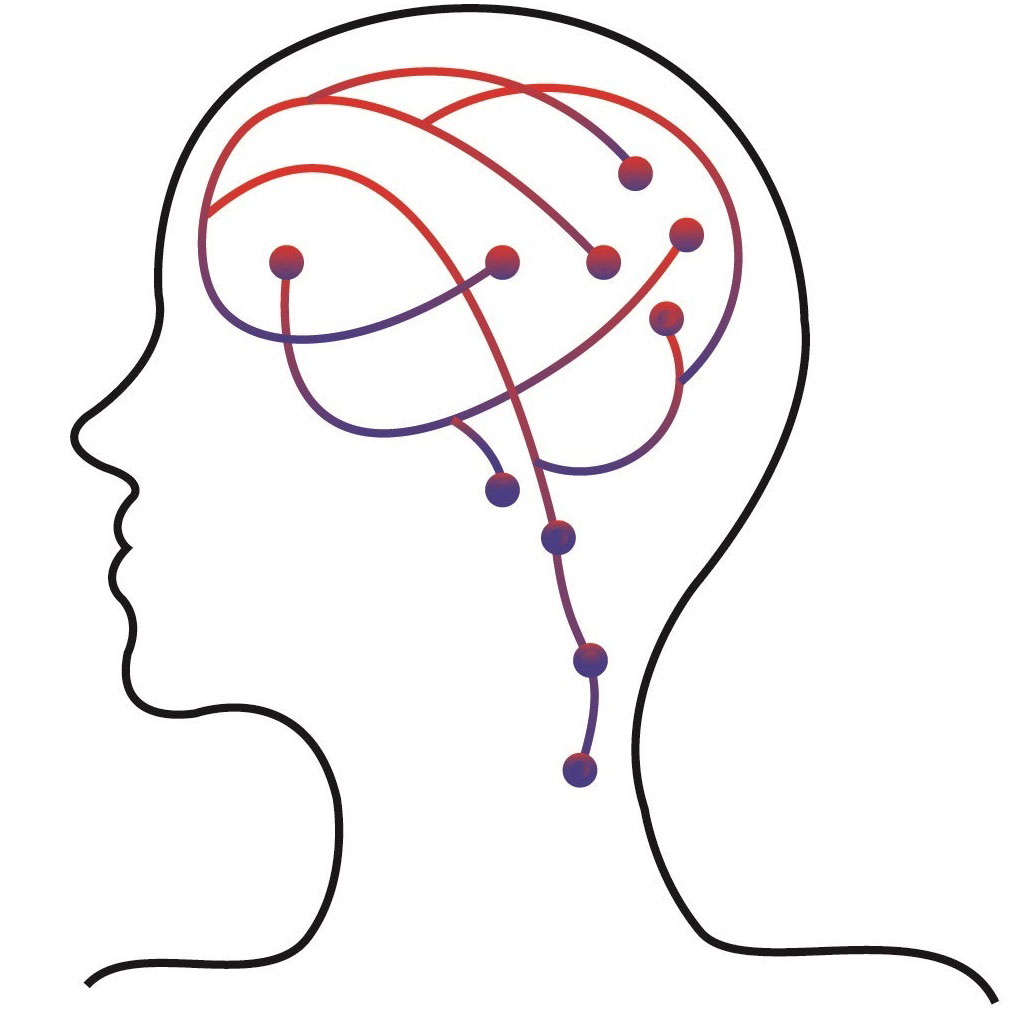Thermosensory predictive coding underpins an illusion of pain
Published in Science Advances, 2025
📄 Publisher’s version
🐙 Data and code
Authors
Jesper Fischer Ehmsen, Niia Nikolova, Daniel Elmstrøm Christensen, Leah Banellis, Rebecca A. Böhme, Malthe Brændholt, Arthur S Courtin, Camilla E Kraenge, Alexandra G Mitchell, Camila Sardeto Deolindo, Christian Steenkjaer, Melina Vejlø, Christoph Mathys, Micah G Allen, Francesca Fardo
Abstract
The human brain has a remarkable ability to learn and update its beliefs about the world. Here, we investigate how thermosensory learning shapes our subjective experience of temperature and the misperception of pain in response to harmless thermal stimuli. Through computational modeling, we demonstrate that the brain uses a probabilistic predictive coding scheme to update beliefs about temperature changes based on their uncertainty. We find that these expectations directly modulate the perception of pain in the thermal grill illusion. Quantitative microstructural brain imaging further revealed that individual variability in computational parameters related to uncertainty- driven learning and decision-making is reflected in the microstructure of brain regions such as the precuneus, posterior cingulate gyrus, cerebellum, as well as basal ganglia and brainstem. These findings provide a framework to understand how the brain infers pain from innocuous thermal inputs, with important implications for the etiology of thermosensory symptoms under chronic pain conditions.
